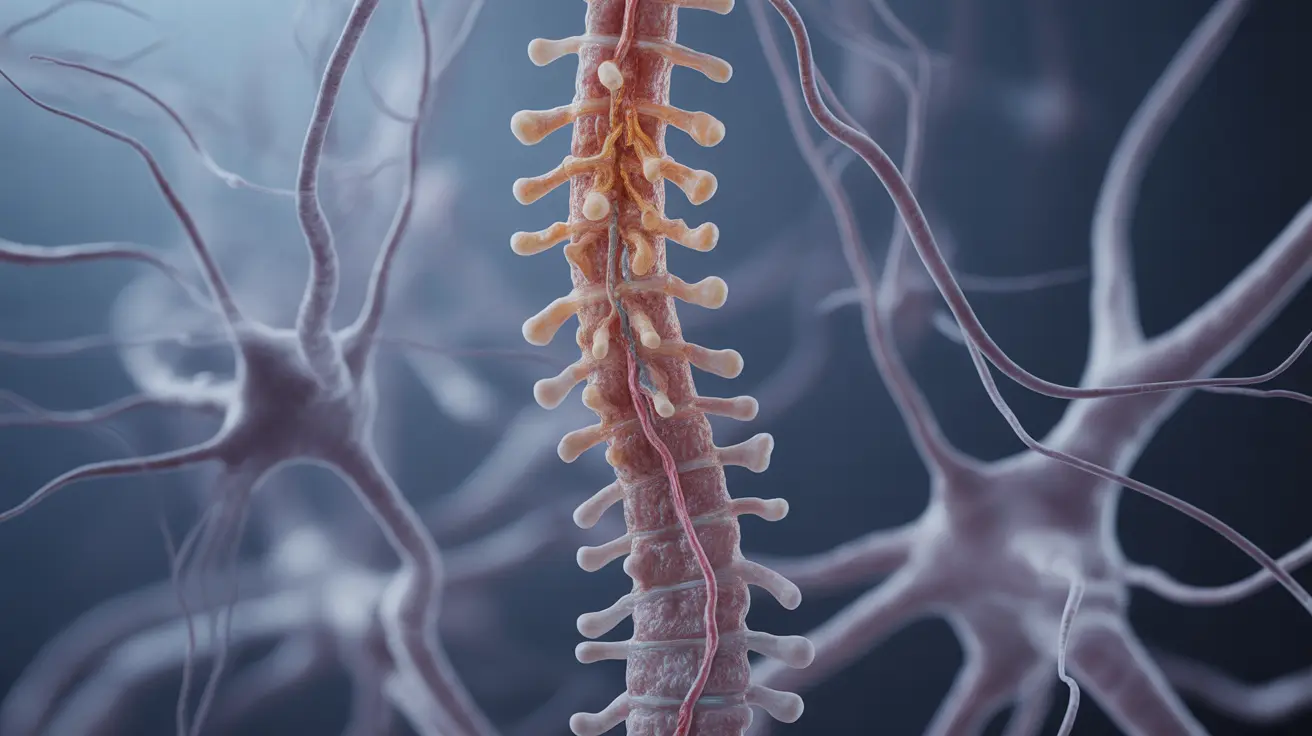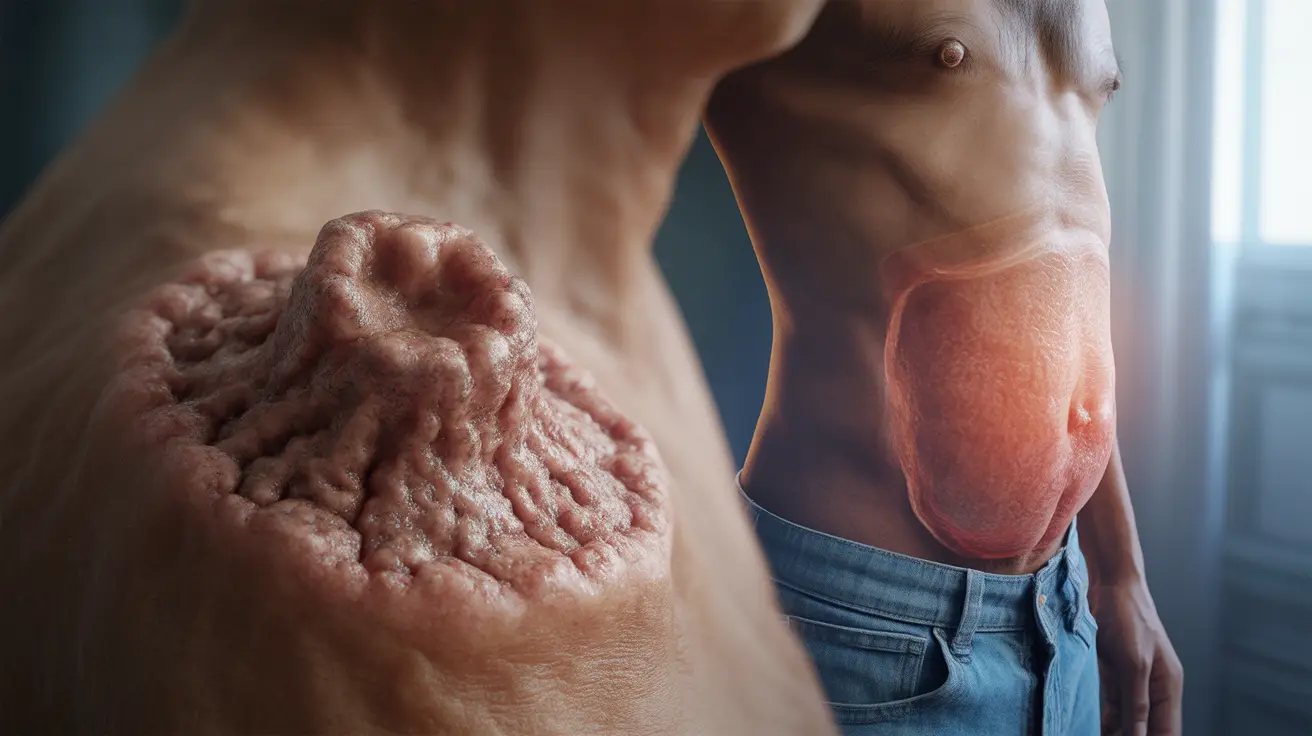Primary progressive multiple sclerosis (PPMS) represents one of the most challenging forms of multiple sclerosis, affecting approximately 10-15% of all MS patients. Unlike other types of MS that involve periods of relapse and remission, PPMS follows a steadily progressive course from the very beginning, making early recognition and management crucial for maintaining quality of life.
This comprehensive guide explores the key aspects of PPMS, from its distinctive symptoms and diagnostic challenges to the latest treatment approaches that can help slow progression and manage symptoms effectively.
What Makes PPMS Unique Among Multiple Sclerosis Types
PPMS stands apart from other forms of multiple sclerosis due to its relentless progression without the characteristic attacks and recovery periods seen in relapsing-remitting MS. From the onset, patients experience a gradual worsening of neurological function, typically beginning with walking difficulties and mobility issues.
The disease primarily affects the spinal cord, leading to progressive disability that accumulates over time. Unlike secondary progressive MS, which develops after an initial relapsing-remitting phase, PPMS begins as a progressive condition from day one, making it particularly challenging for both patients and healthcare providers.
Recognizing the Early Warning Signs of PPMS
Progressive Walking Difficulties
The most common early symptom of PPMS involves progressive difficulty with walking and mobility. Patients often notice gradual leg weakness, stiffness, or coordination problems that worsen over months or years. This may begin as subtle changes in gait or increased fatigue when walking longer distances.
Spinal Cord-Related Symptoms
Since PPMS primarily affects the spinal cord, patients frequently experience symptoms related to spinal function. These may include muscle weakness in the legs, progressive stiffness (spasticity), and problems with balance and coordination. Bladder and bowel dysfunction may also develop as the condition progresses.
Cognitive and Sensory Changes
While less common than mobility issues, some patients with PPMS may experience cognitive changes, including problems with memory, concentration, or information processing. Sensory symptoms such as numbness, tingling, or altered sensation in the extremities can also occur.
Understanding the Root Causes and Risk Factors
Autoimmune Origins
PPMS, like other forms of multiple sclerosis, results from an autoimmune process where the body's immune system mistakenly attacks the protective myelin sheath surrounding nerve fibers. This ongoing damage disrupts normal nerve signal transmission, leading to the progressive symptoms characteristic of the condition.
Demographic Patterns
PPMS typically affects individuals later in life compared to other MS types, with most diagnoses occurring between ages 40-60. The condition affects men and women more equally than relapsing-remitting MS, which predominantly affects women. Genetic factors and environmental influences, including vitamin D deficiency and viral infections, may contribute to disease development.
Geographic and Genetic Considerations
Research indicates that PPMS, like other MS types, occurs more frequently in populations farther from the equator. Family history of MS increases risk, though PPMS itself is not directly inherited. Certain genetic markers, particularly specific HLA genes, may predispose individuals to developing the condition.
The Diagnostic Journey for PPMS
Clinical Assessment Challenges
Diagnosing PPMS presents unique challenges due to its gradual onset and lack of distinct relapse-remission patterns. Healthcare providers must carefully evaluate the progressive nature of symptoms over time, typically requiring evidence of continuous worsening for at least one year.
Advanced Imaging Techniques
Magnetic resonance imaging (MRI) plays a crucial role in PPMS diagnosis, revealing characteristic patterns of brain and spinal cord lesions. Unlike relapsing-remitting MS, PPMS patients often show fewer brain lesions but more prominent spinal cord involvement, particularly in the cervical region.
Laboratory Testing and Biomarkers
Cerebrospinal fluid analysis through lumbar puncture can provide valuable diagnostic information, including the presence of oligoclonal bands and elevated immunoglobulin levels. Blood tests help rule out other conditions that might mimic PPMS symptoms, while specialized biomarkers may aid in confirming the diagnosis.
Current Treatment Landscape for PPMS
Disease-Modifying Therapies
Treatment options for PPMS have expanded significantly in recent years. Ocrelizumab, the first FDA-approved therapy specifically for PPMS, has shown promise in slowing disease progression in clinical trials. This medication targets specific immune cells involved in the autoimmune process underlying MS.
Symptom Management Strategies
Comprehensive symptom management remains essential for PPMS patients. Physical therapy helps maintain mobility and strength, while occupational therapy addresses daily living challenges. Medications can manage spasticity, bladder dysfunction, and pain, significantly improving quality of life.
Emerging Therapeutic Approaches
Research continues into novel treatment approaches for PPMS, including neuroprotective agents, remyelination therapies, and stem cell treatments. These experimental approaches aim to not only slow progression but potentially repair existing damage and restore lost function.
Living Well with PPMS
Lifestyle Modifications
Maintaining an active lifestyle within individual limitations can help preserve function and overall well-being. Regular exercise, adapted to current abilities, supports cardiovascular health and may help slow progression. Stress management techniques and adequate sleep are also important components of comprehensive care.
Building Support Networks
Connecting with other PPMS patients, healthcare teams, and community resources provides essential emotional and practical support. Support groups, whether in-person or online, offer valuable opportunities to share experiences and coping strategies with others facing similar challenges.
Frequently Asked Questions
What are the common symptoms of primary progressive multiple sclerosis (PPMS)?
The most common symptoms of PPMS include progressive walking difficulties, leg weakness and stiffness, balance problems, and coordination issues. Patients may also experience bladder dysfunction, bowel problems, fatigue, and sometimes cognitive changes. Unlike other MS types, these symptoms worsen gradually over time without periods of recovery or remission.
How is primary progressive multiple sclerosis (PPMS) different from relapsing-remitting MS (RRMS)?
PPMS differs significantly from RRMS in its progression pattern. While RRMS involves distinct episodes of symptom flares followed by periods of recovery, PPMS shows continuous, gradual worsening from the beginning. PPMS typically affects people later in life, has a more equal gender distribution, and primarily involves spinal cord damage rather than the brain lesions more common in RRMS.
What causes primary progressive multiple sclerosis (PPMS) and who is most at risk?
PPMS is caused by an autoimmune process where the body's immune system attacks the myelin sheath protecting nerve fibers. Risk factors include age (typically diagnosed between 40-60 years), genetic predisposition, geographic location (higher rates farther from the equator), and possibly environmental factors like vitamin D deficiency and viral infections. Unlike other MS types, PPMS affects men and women more equally.
How is primary progressive multiple sclerosis (PPMS) diagnosed by doctors?
PPMS diagnosis requires evidence of progressive neurological symptoms for at least one year, supported by MRI showing characteristic lesion patterns in the brain and spinal cord. Doctors use cerebrospinal fluid analysis to detect inflammatory markers and rule out other conditions through blood tests. The diagnostic process is more complex than other MS types due to the absence of clear relapse-remission patterns.
What treatment options and therapies are available to manage PPMS symptoms and progression?
Treatment options include ocrelizumab, the first FDA-approved disease-modifying therapy specifically for PPMS, which can slow progression. Symptom management involves physical and occupational therapy, medications for spasticity and bladder issues, and pain management strategies. Comprehensive care also includes lifestyle modifications, exercise programs, and supportive therapies to maintain quality of life and functional independence.




